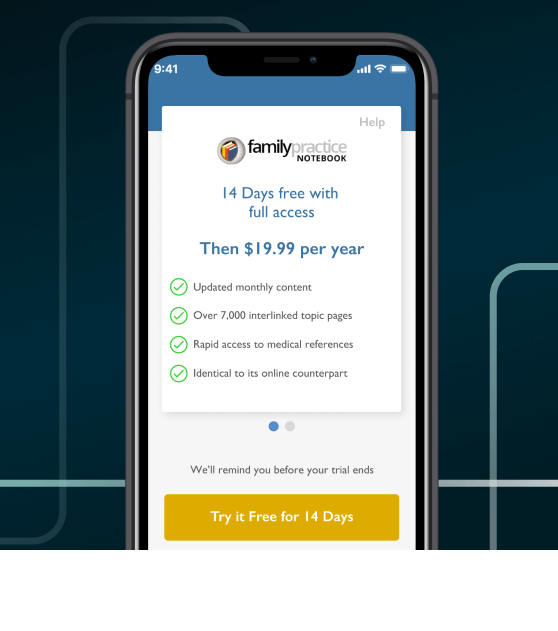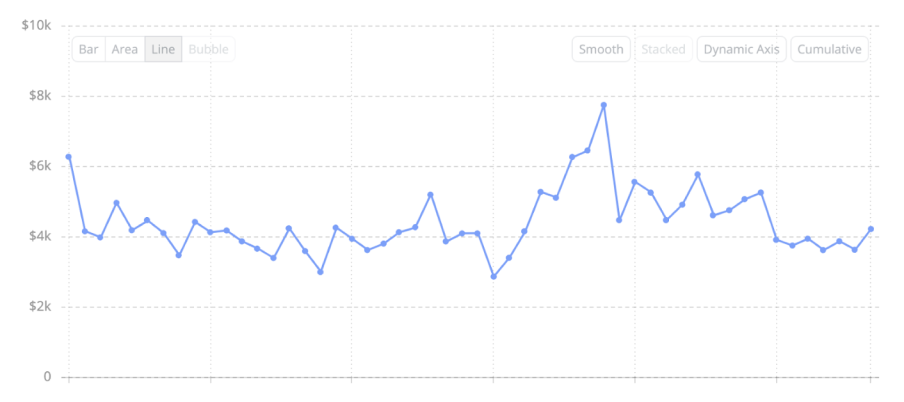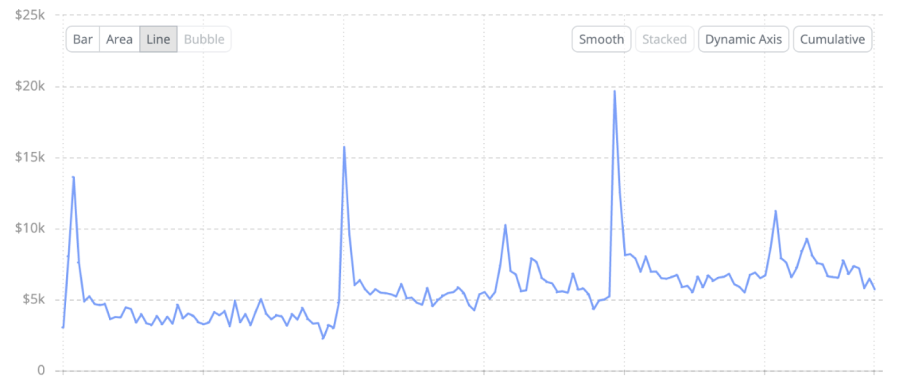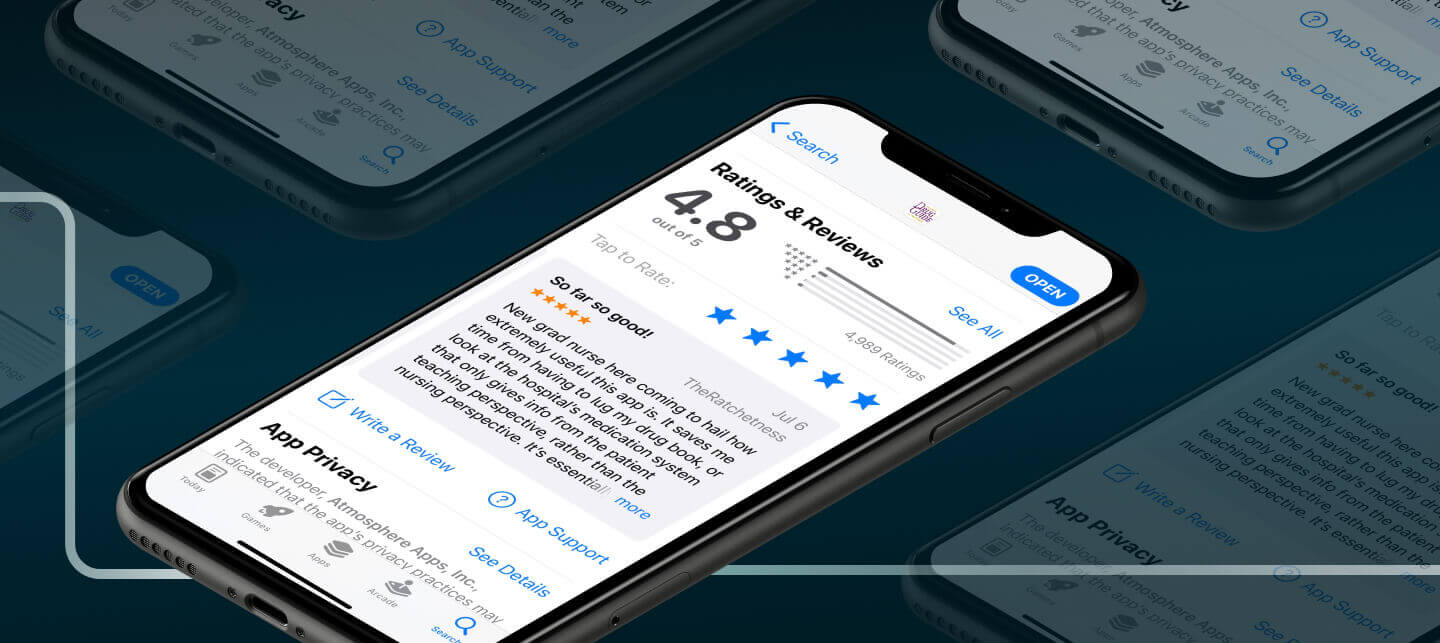Rethinking Revenue: Subscription Model Creates Reoccurring Revenue Stream
A Look Into How We’re Converting Apps to Become More Profitable Long-Term
Description
Offering an auto renewing subscription is the most effective way to monetize a periodically updated, content based app. This case study explains the advantages of subscriptions and how we have taken apps from other revenue models, such as advertising, pay to download (aka “premium”) or basic subscription (I.e., non-auto renewing), to the auto renewing subscription model, the success we’ve achieved and lessons we’ve learned.
Project Summary/Initial Need
For many of our clients, revenue is an important part of creating and maintaining an app. It was our experience that traditional revenue models could be improved on, especially for content heavy free apps with a loyal user base that see that app as an essential part of their life/work. We knew that with the right technical and marketing support, apps that have such a following as well as content that gets updated regularly would be successful and overall more profitable when moving to an auto renewing subscription model.

Benefits of Auto Renewing Subscriptions
We’re always looking for ways to increase the long term success of our apps. Some apps start strong, but without continued support, updates and marketing, they can fizzle out. That’s because technology and the entire mobile environment is constantly evolving. Mobile devices, operating systems, and standard features change, without keeping up with these changes, an app will become obsolete.
The introduction of auto renewing subscriptions for apps provided one of the most successful business models we’ve seen for content based apps. Apple and Google have focused heavily on providing great features and incentives to produce subscription apps. For all first time subscriptions or single purchases, the App Store gets a 30% cut. However, for all renewals of auto-renewing subscriptions the fees are cut in half to 15%. Introductory offers are a major reason why the model succeeds. Subscriptions can be configured to provide users a free trial period. Users are presented with the details of the trial and subscription the first time they launch the app. Users must agree to start a trial to gain access to the app. The trial automatically converts into a paid subscription unless the user cancels during the trial period. The trial period is enforced by the app store and the user can’t get around it by uninstalling and reinstalling the app. Renewals happen automatically when the subscription period is over.
There are many more features that have been introduced, such as promotional offers, subscription levels, and offer codes. However, the reduced fees on renewals, ability to offer a trial, and automatic conversion to paid subscribers are enough to make auto renewing subscriptions extremely successful.
What kind of results have we seen when converting apps to a subscription model?
The results of converting to the subscription model have been the same for each app we’ve converted, regardless of the app’s business model before the switch. Each had a decent number of active users, which made them good candidates for the conversion.
Here are real numbers from one of the apps we converted from a pay-to-download model. This particular app required users to pay to download and then subscribe for updates.
One Year, Pre Conversion Weekly Revenue

Before the change to auto-renewing subscriptions the app had fairly steady sales between $3k and $4k with a seasonal peak around $8k towards the end of the sales year.
One Year, Post Conversion Weekly Revenue

Immediately after switching to the auto renewing subscription model we had a flood of new subscribers. These were the users who were not paying for content updates and using outdated content despite the “nag mode” prompts of the app. After the update, the app required a subscription for access. These existing users were still able to start a free trial, but would lose access if they didn’t subscribe. Following the initial spike, the app settled into a higher steady state between $4k and $5k.
Three Years, Post Conversion Weekly Revenue

This graph shows the major benefit of auto renewals, big spikes in sales will echo every year! As long as the app outpaces subscription churn, then there is a step-like effect as each year the sales baseline grows.
Challenges
The most predictable challenge that we encounter from converting apps to an annual subscription model is pushback from legacy subscribers. For those who have been using a free model, the most obvious complaint from existing users is that they now have to pay. Angry users are vocal, and this change always results in negative reviews on the app store and some loss of users. This is to be expected as a growing pain when converting. But, that doesn’t mean we can’t do anything about it! In fact, helping our existing clients convert has helped us learn some mitigation and response techniques to unhappy users. When someone leaves a review on the app store, The developer has the ability to respond to that review for everyone to see. This means that for every negative review left, you can leave a comment and/or explanation if needed to combat the one-sidedness that some reviews create. In some cases, the complaints about the new business model can actually be beneficial. Here’s a real review we received for an app that we converted to a subscription model:
★☆☆☆☆ What the heck! You guys were the best app · You guys were the best app on the market before you forced people to pay for subscription with the splash screen. I was advertising for you guys for free with my family and friends until this happened. Can’t believe I have to delete this app after 4-5 years of it having the prime location on my iPhone. Will return once it’s free again.
After the conversion to the subscription model there are quite a few reviews that come through like this. We think these reviews are helpful for several reasons:
The review actually praises the app. It’s a five star review for what actually matters, the content of the app.
It is announcing to new users that this app has a subscription. It helps prevent downloads from users who wouldn’t start a trial. In other words, it actually prepares users to say “yes” to starting a trial when prompted by the app after download.
What’s interesting is that other end-users will come to the defense of the app. This five-star review came in at about the same time as the previous one-star review:
★★★★★ Best resource for a Family Nurse Practitioner · This is ABSOLUTELY the best $20 you will ever spend on a medical resource. I find it absolutely incredible the amount of people who are complaining in the reviews about paying $20 a year. (The App) is extremely well organized, has everything you need to practice safely and efficiently, and with the latest evidence. Compare this to the $200 plus a year subscription for a Epocrates—(This App) wins hands down-regardless of the subscription fees. I recommend this to all the new hires that I on-board at my organization, whether new grads or experienced NPs.
More than simply responding to negative reviews, we have learned ways to possibly prevent them from happening in the first place. We have had great success with converting clients who leave a direct feedback link on the app itself. This allows unhappy users to reach out directly to the developer or app managers to have their concerns addressed and potentially resolve the issue before a negative review is made. Keep in mind, though, that even if negative reviews happen, over time they will become less and less frequent and buried by incoming positive reviews and ratings.
In our experience, the number of negative reviews and ratings is fairly high for about three months following the conversion to subscriptions and tapers off at around six months. By the sixth month all of the legacy users have been through the conversion process and new users are only experiencing the subscription process. If the app is delivering value, then good ratings and reviews will flow in and the average star rating of the app will continue to be high. One of our clients was in this exact situation when converting to subscriptions and did receive some negative feedback, but still maintains a 4.8 rating on Apple’s App Store.
